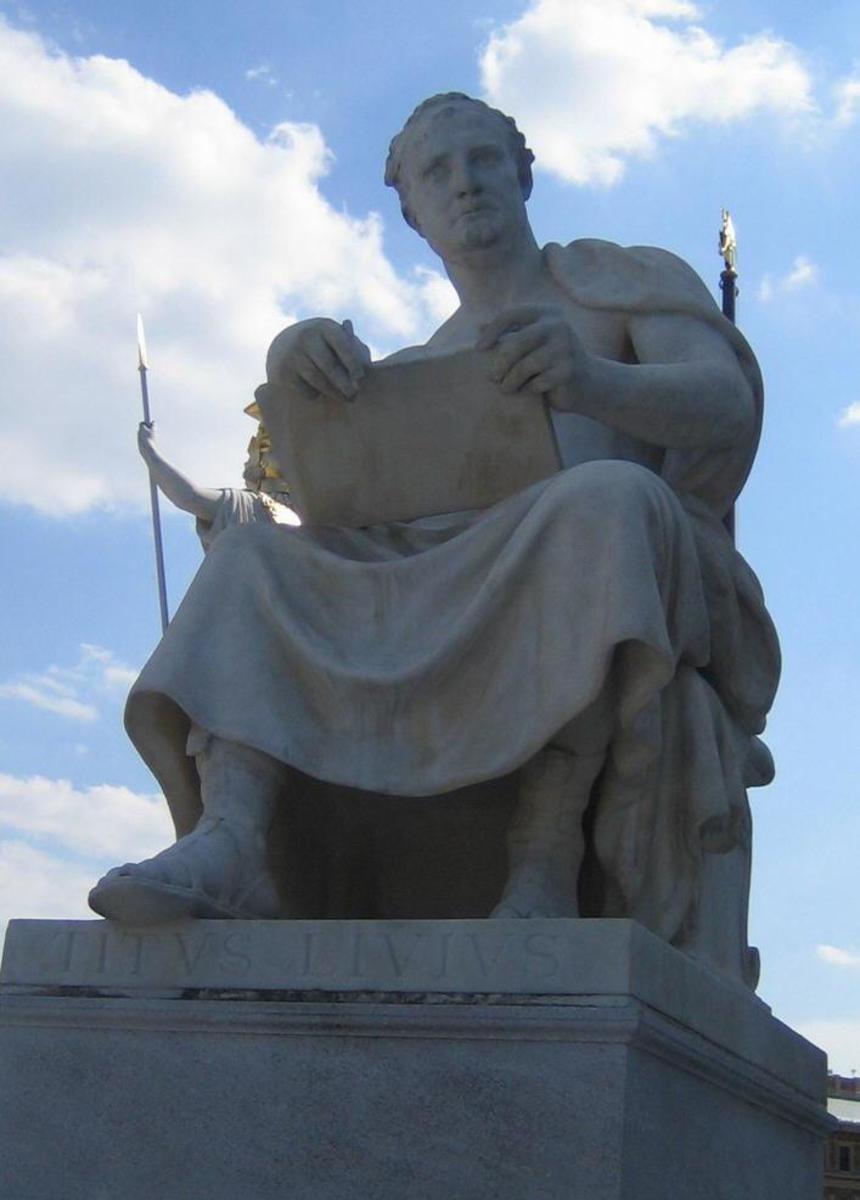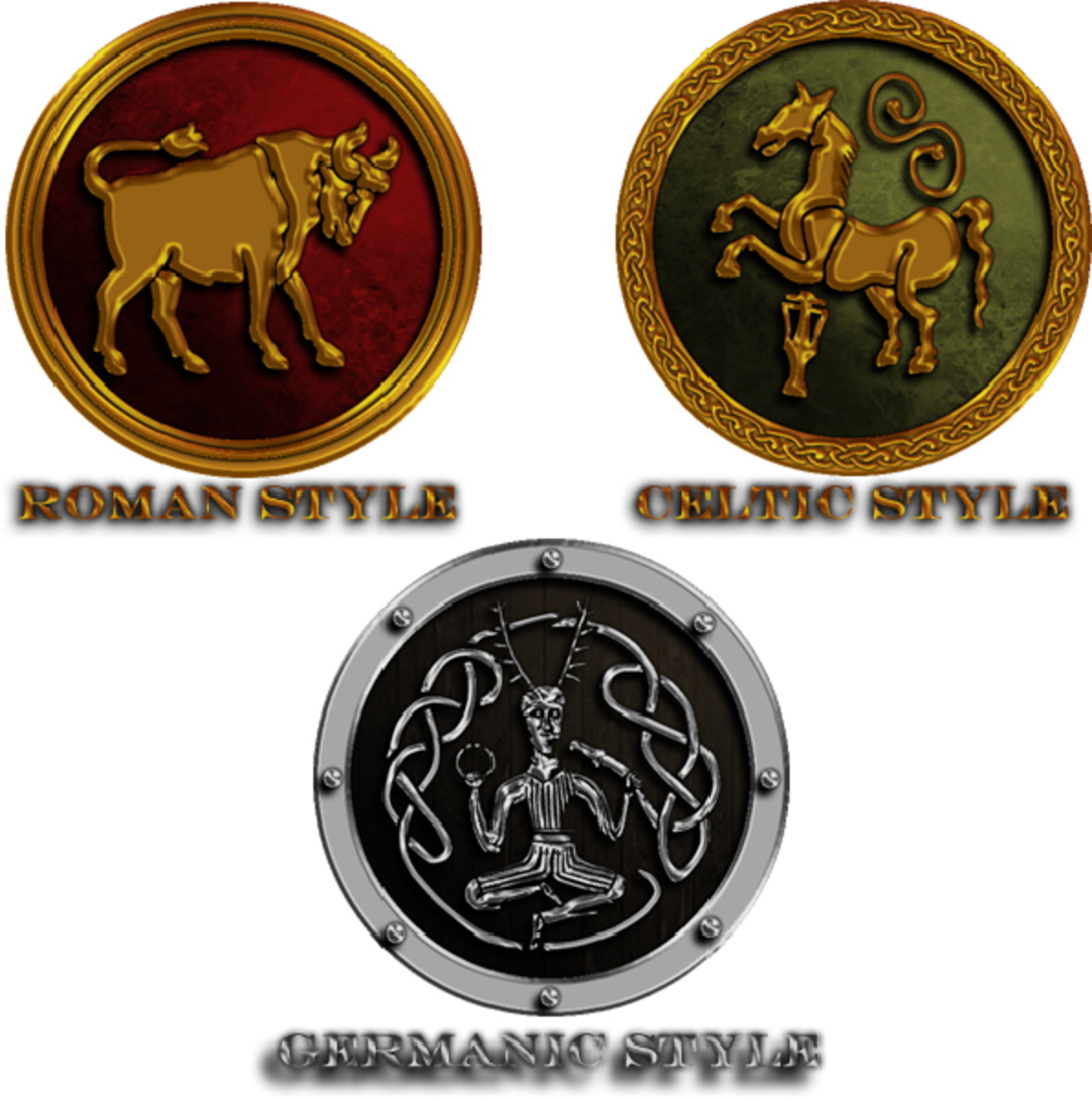The invention of time
Hours and degrees of longitude are divided into 60 minutes and minutes into 60 seconds because 60 was the number base used by the Sumerians in Mesopo- tamia, the first people known to have written down a workable counting system 5000 years ago.
The custom of dividing each day into 24 periods seems to have originated with the ancient Egyptians in about 3500 BC, They divided daylight and darkness into periods of 12 hours each. But this meant that the length of each hour changed during the year as the nights lengthened and shortened. It was Babylonian astronomers who, in about 3000 BC, adopted the now universal practice of making all 24 hours equal in length, regardless of when the Sun rose and set. In Europe, however, equal hours did not become standard untit about AD 1350-some 70 years after the introduction of mechanical clocks.
The citizens of Rome must have wondered whether the year 46 BC would ever end. It went on and on and on for 445 days. The long wait for 45 BC came about as the Roman general and statesman Julius Caesar restructured the calendar. The calendar in use until then the Roman republican calendar-had become hopelessly out of step' with the seasons.
The spring equinox, which should have coincided with the end of March, was arriving in the middle of May. The calendar, devised some time between the 5th and 1st centuries BC, was based on lunar months of 291 days.
It consisted of 12 months and originally began on March 1, the start of the farmers' year and the time when Roman officials took up office.There were 355 days, 10 days short of the solar year. In an attempt to prevent a slip in the seasons-so that midsummer would always fall in June, for example-an extra, short month was added every other year. But this resulted in an average year of 366 days, one more than the solar year.
In 46 BC, Caesar commissioned Sosigenes, a Greek astronomer, to devise a new calendar. Sosigenes rec- ommended a calendar based on the solar year, with a 365-day year and an extra day every fourth year-the first leap year. But before the new, Julian, system could be put into effect, the discrepancy between seasons and date had to be corrected.
An extra 23 days were due anyway in February of 46 BC Caesar added another 67 days in the form of two extra months between November and December, so that 46 BC lasted a total of 445 days. It became known as the Year of Confusion. But by its end January fell where March had been, and the spring equinox was back around the end of March.
The month of August lasts 31 days because of an emperor's jealousy. In 8 BC August was named after Augustus, the first Roman emperor. Before, it had been called Sextilis (then the sixth month) from the time when the Roman year began on March 1, however, had only 30 days-one fewer than July, named after Julius Caesar-and Augustus could not bear to be outdone, So he had August extended to 31 days to match July, and he reduced February to 28 days, making it the year's shortest month.
English and the related Germanic languages, such as German, Dutch, Danish and Swedish, derive most of their names for the days of the week from Germanic and Norse mythology. French and other Romance languages such as Italian and Spanish derive theirs from Latin and classical mythology.
All the English names for the months of the year have Roman origins. The last four get their names from the Latin numbers seven to ten, because the early Romans began their year in March. January was named after Janus, the god of gateways, because the god's festival happened to fall at that time of year. When in about 150 BC the Romans moved the date for taking up official office (and hence the start of a new year) from March to January, the choice, years before, of Janus's name for the month must have seemed specially appropriate.








